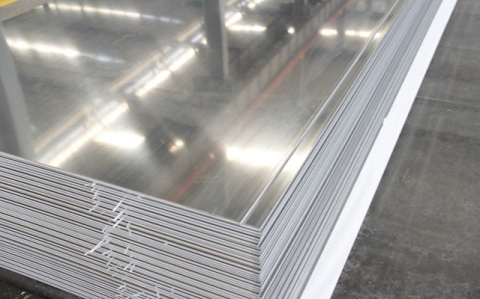iPhone 6 and iPhone 6 Plus are aluminum-magnesium alloy bodies,In several of China's mainstream mobile phones, the body material is made of aluminum-magnesium alloy.
Aluminum alloy tensile strength values can reach 200-600 MPa, respectively, and its "specific strength" (ratio of strength to specific gravity σb/ρ) outperforms many alloy steels and becomes an ideal structural material. The typical material used in mobile phones is
6063 aluminum alloy and
7075 aluminum alloy.Among them, the
6063 t6 aluminum alloy has a density of 2.72, a tensile strength of 220 MPa, a yield strength of 190 MPa, an HV hardness of 80, and a coating wear resistance (Poisson's ratio) of 0.33 (anodic oxidation).With the requirement of thin and light mobile phones, the strength of aluminum alloys has been gradually enlarged and turned to higher-strength aluminum alloys such as 6061, 6013, and 7-series materials.Apple iPhone 7 uses 7 series aluminum alloy. The performance of the
7075 t6 aluminum plate is as follows. The density is 2.81, the tensile strength is 530 MPa, the yield strength is 480 MPa, the HV hardness is 175, and the coating wear resistance (Poisson's ratio) is 0.33 (anodic oxidation).


The advantages of aluminum-magnesium alloys over stainless steels are outstanding. First of all, the metal texture is very strong. Compared with the boring of stainless steel, aluminum alloy materials are easier to process high-grade, beautiful and shiny. Second, aluminum alloys are very light and have a specific gravity of about one-third that of stainless steel. In addition, aluminum alloy materials are highly dyeable, and because of the use of aluminum alloys, so-called "local gold", "high-end gray", "rose gold", "bright black" and other colors have emerged in the market. At the same time, aluminum alloy materials have many advantages such as high temperature resistance, no fingerprints, anti-static, environmental protection and non-toxic. Therefore, this material is often used in aerospace, marine, automotive, medical and 3C.


